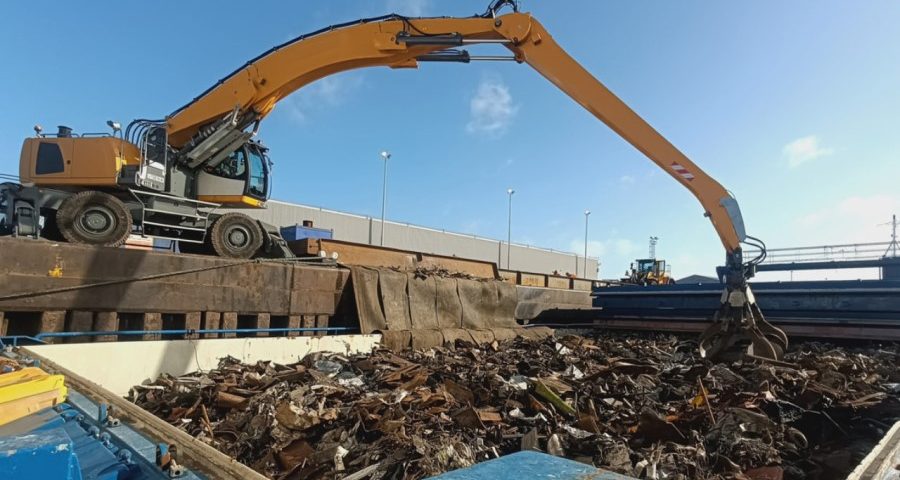Doing business

In May 2025, Ukraine’s scrap industry increased exports of ferrous scrap by 91.3% compared to May 2024, but decreased by 38.3% compared to the previous month, to 28.6 thousand tons. This is evidenced by GMK Center calculations based on data from the State Customs Service.
Poland remains the key destination for raw material exports. 28.24 thousand tons of scrap (-29.7% month-on-month) were sent to the Polish market, accounting for 90.3% of total shipments. A small portion was sent to Germany – 0.3 thousand tons (-73% month-on-month).
During January-May, scrap shipments from Ukraine increased by 52.2% compared to the same period in 2024, to 155.81 thousand tons. 140.73 thousand tons of raw materials were sent to Poland (+57.3% y/y), Greece – 8.42 thousand tons (-7.2% y/y), Bulgaria – 3.97 thousand tons (0.02 thousand tons in January-May 2024), Germany – 2.4 thousand tons (-34.5% y/y).
Revenue from scrap exports in May fell by 40.6% compared to the previous month and increased by 88.3% y/y – to $8.88 million. In January-May, the indicator increased by 46.4% y/y – to $48.13 million.

In 2024, scrap exports from Ukraine increased by 60% compared to 2023, reaching 293.2 thousand tons. In 2023, the volume of raw material shipments abroad exceeded 182.5 thousand tons, which is 3.4 times more y/y, while in 2022 the figure was 54.1 thousand tons. The key consumers of raw materials last year were Poland (248,600 tons), Greece (34,200 tons), and Germany (6,500 tons).
In early May 2025, the Ministry of Economy of Ukraine submitted for public discussion a draft resolution of the Cabinet of Ministers proposing to introduce licensing and quotas for the export of ferrous scrap with a zero quota for the current year. This approach has been used in Ukraine before, particularly during periods of peak demand for raw materials for the domestic metallurgical industry.
According to a study by GMK Center, in the long term, scrap will gradually lose its status as an export commodity due to global trade barriers. Scrap is increasingly seen as a strategic resource for green metallurgy and decarbonization, so countries are seeking to preserve raw materials for their own needs. It is impossible to produce it quickly in the required quantities, so an affordable price on the domestic market is becoming a key condition for the competitiveness of national steel producers.
Currently, 48 countries have already introduced restrictions on scrap exports, and more than a third of them have completely banned its supply abroad. This trend will only intensify as global demand for scrap increases: in the EU due to decarbonization and the CBAM mechanism, and in other countries due to the transition to more environmentally friendly production technologies. In total, 77% of the world’s steel is produced in countries that have already introduced or plan to introduce restrictions on scrap exports.
Under these conditions, it is more expedient to export finished steel produced from scrap rather than scrap itself, as metallurgical enterprises are among the largest taxpayers in Ukraine.
Source: https://gmk.center/